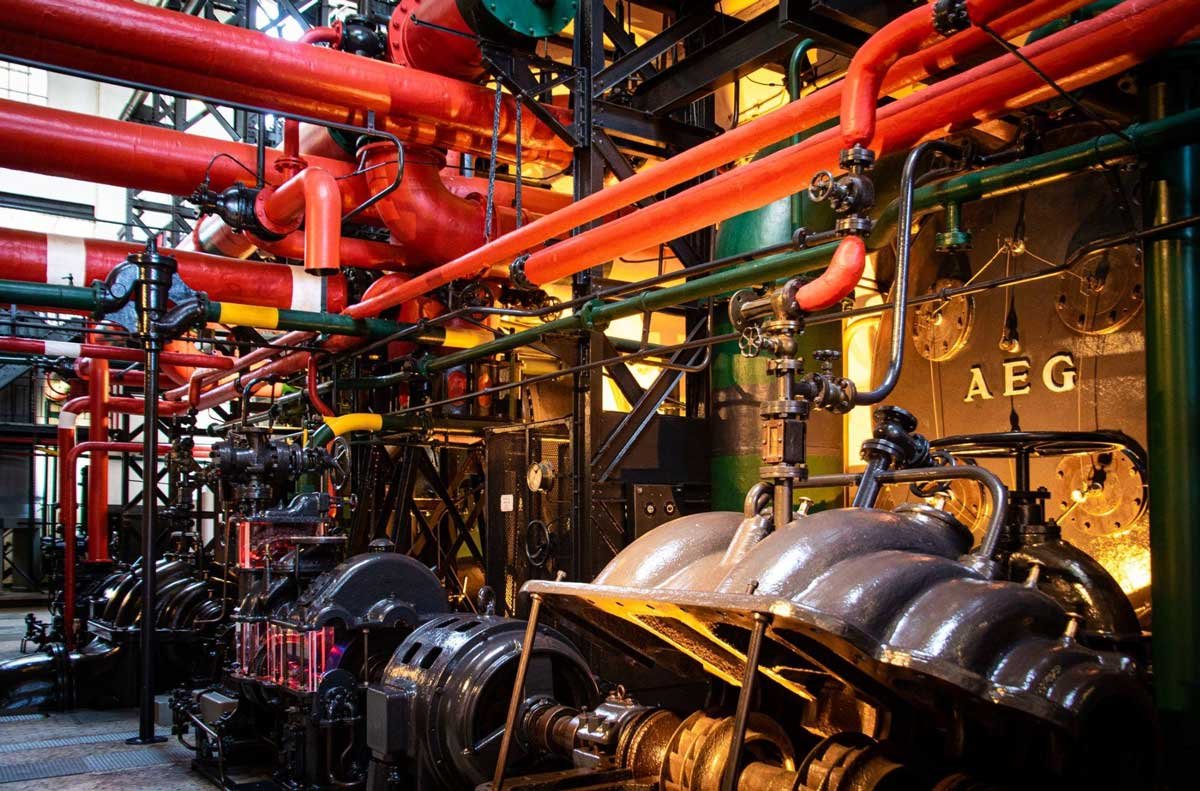We can agree to say that a home can be called a home when it is a comfortable place to be. This, of course, requires certain amenities for us to enjoy.
A living room, a kitchen, bedrooms, and a bathroom, for example, are some of those amenities. Electricity, naturally, enters this category as well, and we can include things like furniture, an air conditioner when things get too hot or a heating system when things get too cold, perhaps even internet and WiFi…
But what about water? We can all agree to say that, without it, many of our daily necessities would be incredibly harder to satisfy. This also includes hot water, even more during cold seasons when even the idea of bathing with cold water can be considered a threat to anyone’s sanity. I myself can say that, without it, I would definitely bathe less, which is something a lot of people can relate to.
But what if I told you that this hot water that we usually spend daily can be turned into a source of energy?
Water Wastes as a Potential Source of Energy
According to this article coming from National Geographic, a rough estimate of the amount of energy Americans are flushing inside the U.S comes closer to 350 billion kilowatts-hour every year, which could potentially be used to power around 30 million households.
This covers both hot wastes and regular water wastes and that is one of the reasons why a lot of cities are considering investing in this revolutionary technology. A lot of people and business owners are turning their eyes to it as well, and I would dare to say that it will eventually be applied in several countries all around the world.
But how does it actually work, and how can it be applied? If you are interested in this fairly revolutionary source of energy, this article is definitely for you.
We will cover some of the most important aspects to know about it, how it is used to re-use sewage wastes for the sake of reducing energy consumption, and what is usually used to implement this specific form of technology.
Sewage Heat Recovery

There are an incredible amount of appliances and amenities inside of our house that flush water down water pipe systems. Some of these appliances and amenities include things like sinks, toilets, dishwashers, bathtubs, showers, washing machines, and many more.
The amount of water that is flushed every year goes up to millions of millions of liters. Although the temperature of said water varies depending on the region and season, they commonly retain their temperature thanks to traveling through the sewers, keeping itself at 60°F (or 15.6° C)
The temperature of the water then can be used as a source of energy. To do so, a Sewage Heat Recovery system is required, which consists of a heat pump that is used to retain the heat of the wastes.
This warmth is then transferred to the clean water that enters households, companies, and businesses that require it, thanks to a loop system in which the clean water is separated from the wastes, thus, they never come into contact. This warmth is used to raise the temperature of the water that is used in several appliances, like the ones we mentioned earlier, and can even be used by heating systems as well.
But why is it considered a source of energy, though? Well, overall, it can greatly reduce the amount of energy required to heat the liquid of life, since it takes considerably less energy to heat water that is already warm, in comparison to heating it when it is significantly colder. This can lead to a great reduction in energy and gas expenses!
Its implementation
The implementation of this technology is present all around the world, including places like the United States, Japan, Norway, and China. There are many methods of implementation, each one having its own methodologies, advantages, and disadvantages.
Overall, it can be used in all households, companies, businesses, and manufacturers in which hot water is a requirement for their regular processes. Although it can be hard to understand its most complicated aspects as someone who is barely involved in these specific processes of energy renewal, getting to know the main system that that is used to access it can come in handy, and that is the heat pump.
A heat pump can be simply described as a pump that uses organic compounds that easily boil at considerably low temperatures, thus, creating heat when the warmth of the wastes provides enough heat. This is the reason why it is so feasible to use this system when it comes to sewage heat recovery.
Of course, other systems can enter this category, and if you are interested in more details about it, you can check out https://en.wikipedia.org/wiki/Waste_heat_recovery_unit for more detailed information.

